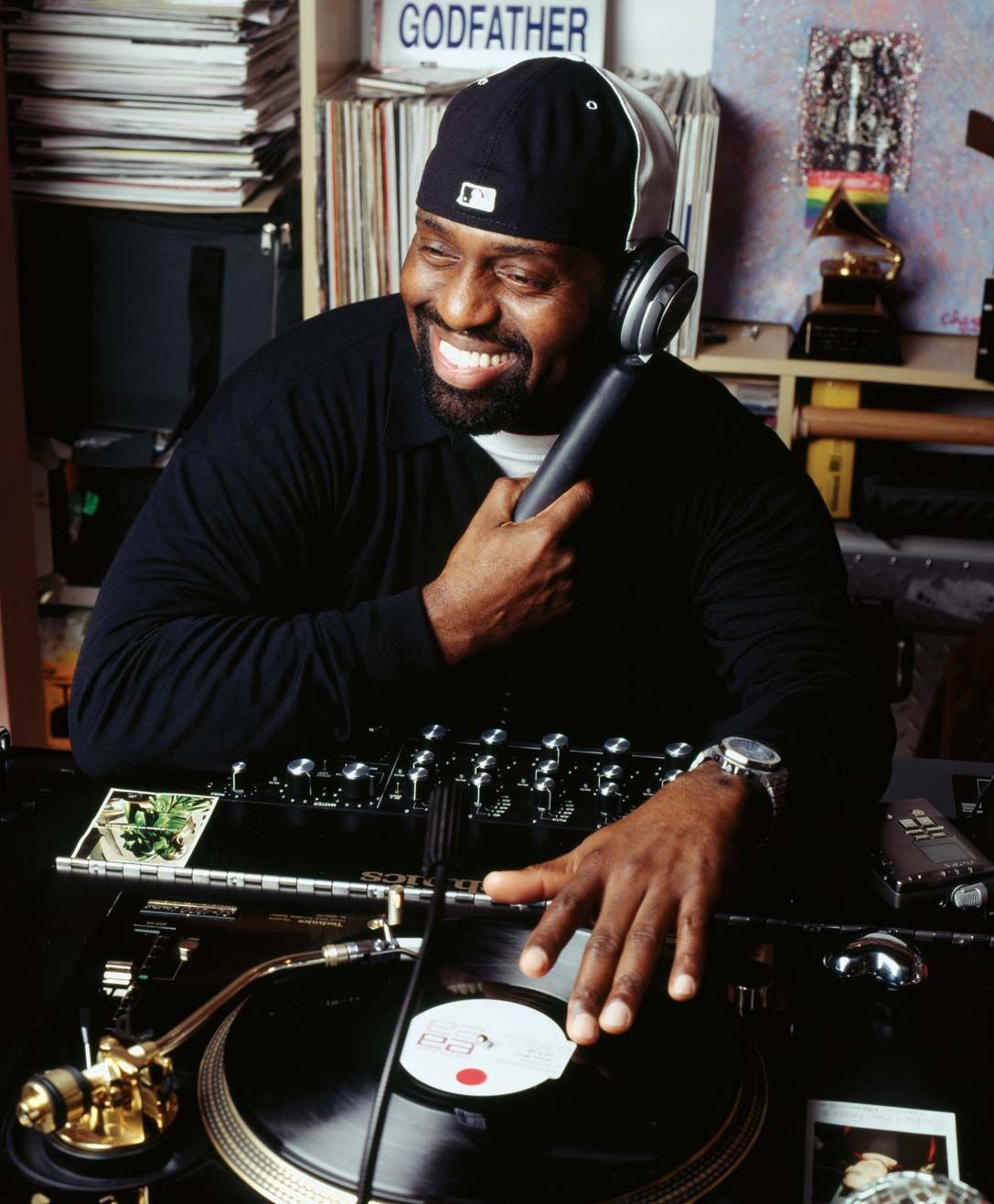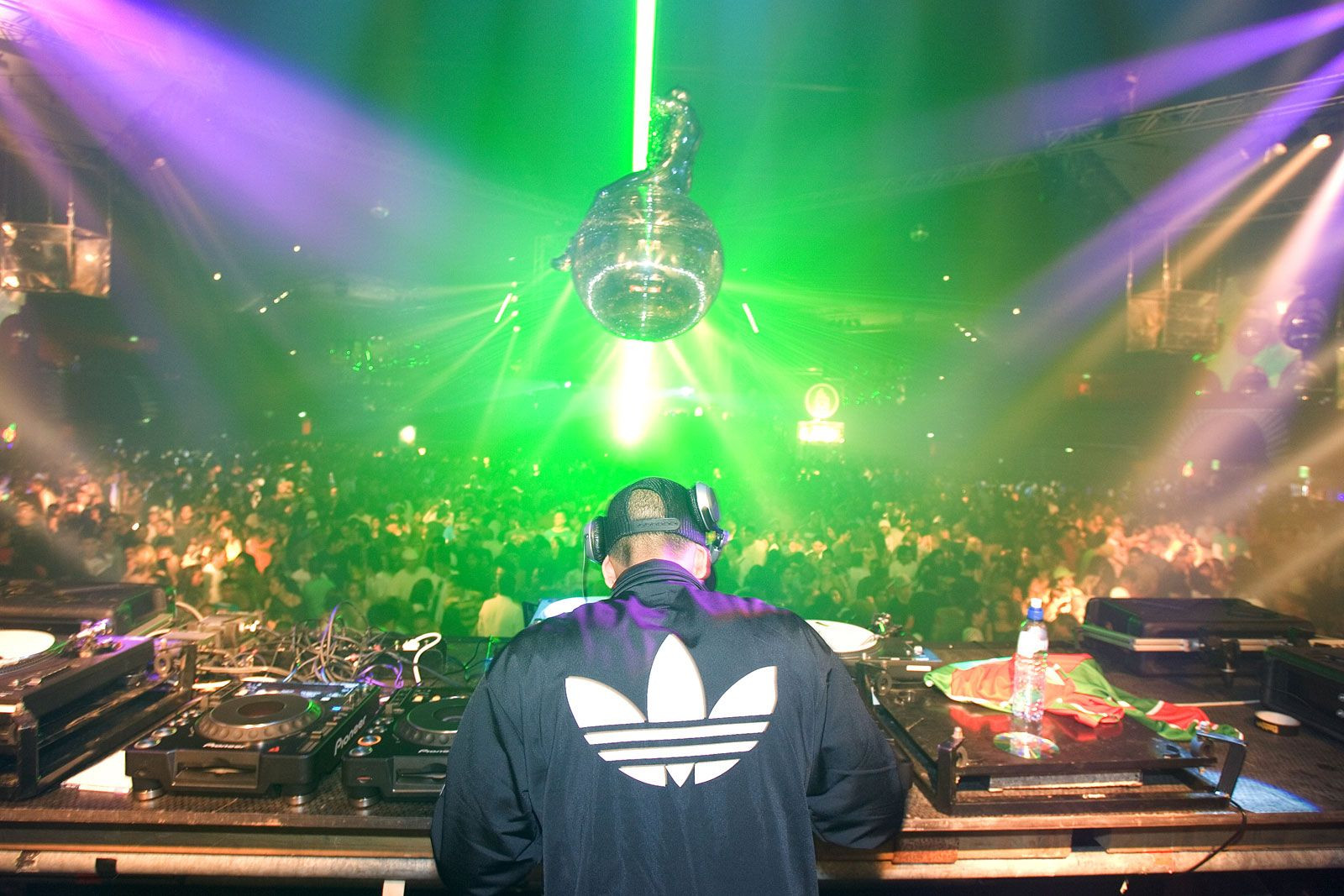Electronic dance music (EDM) has become a global phenomenon, a vibrant tapestry of sounds and experiences that dominates clubs, festivals, and playlists worldwide. More than just a genre, Dance Electronic is an umbrella term encompassing a vast spectrum of musical styles, from the chilled-out vibes of ambient to the high-energy pulse of hardcore. Born from a fusion of technological innovation and a desire for collective euphoria on the dance floor, EDM continues to evolve, shaping contemporary music and culture.
What exactly defines electronic dance music? At its core, EDM is characterized by its reliance on electronic instruments and technologies in its production. This often involves synthesizers, drum machines, samplers, and computer software to craft sounds that can range from strikingly synthetic to surprisingly organic. While live instruments and vocals can feature, they typically serve as accents rather than the primary focus. A defining characteristic across most EDM genres is a strong emphasis on rhythm, designed to move bodies and fuel dance floors through the night. This rhythmic foundation is crucial, even in more atmospheric subgenres like ambient, which provides a sonic landscape for quieter moments within the larger dance experience. Furthermore, EDM is uniquely created with the DJ and the club environment in mind. Tracks are often produced to be seamlessly mixed together by DJs, creating extended sets that build energy and momentum, a different listening experience compared to traditional album-focused music consumption. However, many EDM tracks have broken through these club confines, achieving mainstream popularity and demonstrating the genre’s broad appeal.
The roots of this global movement can be traced back to the American Midwest, specifically Chicago and Detroit in the early 1980s. In Chicago, Frankie Knuckles, often hailed as the “Godfather of House Music,” was instrumental in shaping the nascent sound. As the resident DJ at the Warehouse, a legendary members-only gay club, Knuckles crafted unique experiences by re-editing disco tracks on reel-to-reel tapes, extending instrumental breaks and grooves to keep dancers engaged throughout the night. This dedication to the dance floor, combined with the innovative addition of drum machines to his sets, solidified the foundational formula for house music. Fellow Chicago DJs like Ron Hardy, Steve (“Silk”) Hurley, and Farley (“Jackmaster”) Funk further contributed to this burgeoning scene, each adding their unique flavors and techniques.
 Frankie Knuckles spinning a record in his Chicago home, 2003.
Frankie Knuckles spinning a record in his Chicago home, 2003.
Concurrently, in Detroit, a different but equally influential sound was taking shape: techno. Juan Atkins is widely recognized as a pioneering figure in Detroit techno. In 1981, he formed Cybotron with Rik Davis, releasing the groundbreaking single “Alleys of Your Mind.” After their album “Enter” in 1983, Atkins launched his own label, Metroplex, and began releasing music as Model 500. Soon, Kevin Saunderson and Derrick May, who, along with Atkins, formed the DJ collective Deep Space, also launched their labels (KMS and Transmat) and began releasing their own tracks. Detroit techno emerged as largely instrumental funk, often abstract and futuristic, although Saunderson occasionally incorporated vocalists, achieving significant crossover success with the soul-infused duo Inner City. The term “Techno Music” was formally solidified as a genre descriptor by Atkins in 1988 with his track of the same name, featured on the seminal compilation “Techno! The New Dance Sound of Detroit,” which helped define and popularize the genre.
The narrative of electronic dance music took another dramatic turn with the rise of rave culture, often linked to its reputation as “drug music.” In the summer of 1987, a group of UK DJs journeyed to Ibiza, a Spanish island renowned for its nightlife. At Amnesia, an open-air venue, Argentinian DJ Alfredo played eclectic sets, blending Chicago house and Detroit techno with other genres. The visiting DJs experienced a revelation when they combined this music with MDMA (Ecstasy), finding the music profoundly enhanced and transformative. This Ibiza experience sparked a cultural phenomenon. In December of the same year, Danny Rampling, one of the DJs on that Ibiza trip, launched Shoom, a weekly party in a London fitness center. Dubbed “acid house” after the distinctive, squelching “acid” sounds produced by the Roland TB-303 synthesizer, prominently featured in Chicago house records, the scene exploded.
 DJ performing before a crowd.
DJ performing before a crowd.
Within a year, acid house became the most significant youth music movement in England since punk rock a decade prior. Parties rapidly expanded from clubs to illegal raves in fields and warehouses. These raves, characterized by Day-Glo colors, oversized, baggy clothing influenced by hip-hop aesthetics mixed with vibrant, video-game inspired hues, and a sense of collective abandon, became the blueprint for a global party culture. By the early 1990s, rave culture had swept across Europe and into North America. From this foundation, countless DJ-driven dance scenes emerged worldwide, with continuous innovation leading to new subgenres and stylistic variations that continue to energize club floors and festivals globally. Today, electronic dance music remains a dynamic and influential force in music, constantly evolving and captivating audiences with its diverse sounds and immersive experiences.

